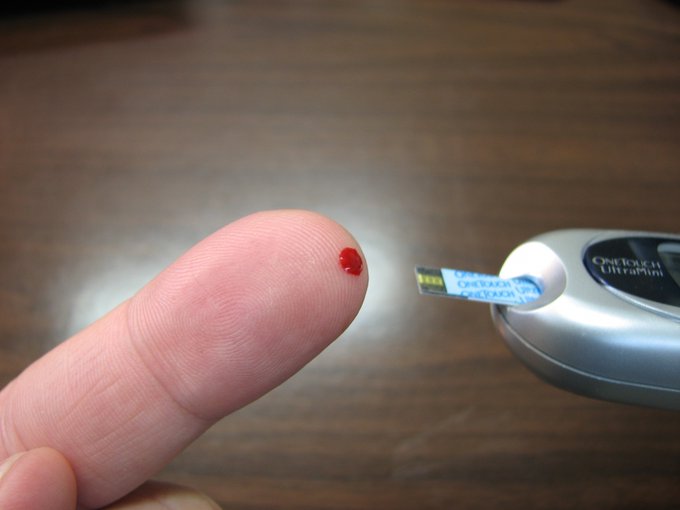New Delhi– Life expectancy in India has increased from 49.7 years in 1970-75 to 68.7 years in 2012-16, as per the National Health Profile 2019 released on Wednesday.
For the same period, the life expectancy for females is 70.2 years and 67.4 years for males.
For comparison, in last year’s survey, the life expectancy had increased from 49.7 years in 1970-75 to 68.3 years in 2011-15. For the same period, the life expectancy for females is 70 years and 66.9 years for males. So there has been an increase in life expectancy in general, and also for males.
On the non-communicable diseases, the survey notes that out of 6.51 crore patients who attended NCD clinics, 4.75 per cent people are diagnosed with diabetes, 6.19 per cent are diagnosed with hypertension, 0.30 per cent are diagnosed with cardiovascular diseases, 0.10 per cent are diagnosed with stroke and 0.26 per cent are diagnosed with common cancers.
As per the survey, the highest population density of 11,320 people per square kilometre was reported by the NCT of Delhi whereas Arunachal Pradesh has reported the lowest population density of 17.
On demographics, the survey found the high incidence of the young and economically active population. The survey notes that 27 per cent of the total estimated population of 2016 were below the age of 14 years and majority (64.7 per cent) of the population were in the age group of 15-59 years i.e. economically active population and 8.5 per cent population were in the age group of 60 to 85 plus years.
There has been consistent decrease in the birth rate, death rate and natural growth rate in India since 1991 to 2017. As on 2017, India has registered birth rate of 20.2 per 1,000 population and death rate of 6.3 per 1,000 population while the natural growth rate was 13.9 per 1,000 population in India. The birth rate in rural areas was higher than in the urban. Similarly, the death rate and natural growth rate were also higher in rural areas as compared to the urban.
The population, however, continues to grow, as the decline in the birth rate is not as rapid as the decline in the death rate.
The infant mortality rate has declined considerably (33 per 1,000 live births in 2016), however differentials of rural (37) & urban (23) are still high.
The Total Fertility Rate (TFR) for the country was 2.3 whereas in rural areas it has been 2.5 and it has been 1.8 in urban areas during 2016 as per the latest available information.
On the health status indicators, the survey finds that on communicable diseases, in 2018, maximum number of cases and deaths due to malaria have been reported in Chhattisgarh (77,140 cases and 26 deaths). The overall prevalence of the disease has diminished in 2012 and 2013 but there was a slight increase in 2014 and 2015 before it again started decreasing from 2016.
Dengue and Chikungunya, transmitted by Aedes mosquitoes, are a cause of great concern to public health in India.
Every year, thousands of individuals are affected and contribute to the burden of health care. Dengue outbreaks have continued since the 1950s but severity of disease has increased in the last two decades. However, the reported cases of Chikungunya in the country has shown a slight decrease from 67,769 to 57,813 in 2018 as compared to 2017.
There has been considerable decrease in the number of swine flu cases/deaths in the year 2014 as compared with 2012 and 2013. However, the number of cases and deaths has been drastically increased in the year 2015. The numbers decreased in 2016 but again increased significantly in 2017 and 2018.
During the year 2015, 4.13 lakh people lost their life due to accidental injuries and 1.33 lakh people died because of suicide. Suicide rates are increasing significantly among young adults and the maximum number of suicide cases (44,593) is reported between the age group 30-45 years.
The total number of cases and deaths due to snake bite are 1.64 lakh and 885, respectively, in 2018.
The total number of disabled persons in India is 2.68 crore. (IANS)














